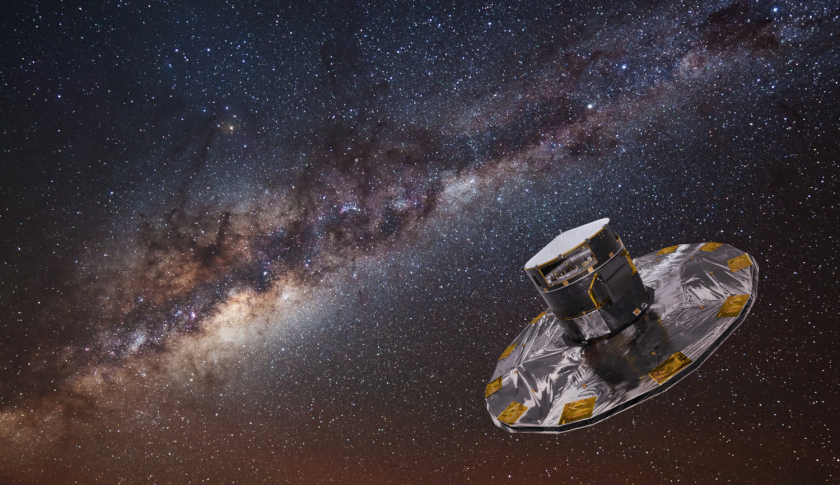
The first direct evidence of white dwarf stars solidifying into crystals has been discovered by astronomers at the University of Warwick, and our skies are filled with them.
White dwarf stars are some of the oldest stellar objects in the universe. They are incredibly useful to astronomers as their predictable life cycle allows them to be used as cosmic clocks to estimate the age of groups of neighboring stars to a high degree of accuracy.
They are the remaining cores of red giants after these huge stars have died and shed their outer layers and are constantly cooling as they release their stored up heat over the course of billions of years.
The astronomers selected 15,000 white dwarf candidates within around 300 light years of Earth from observations made by the Gaia satellite and analysed data on the stars’ luminosities and colours.
The discovery, led by Dr Pier-Emmanuel Tremblay from the University of Warwick’s department of physics, has been published in Nature and is largely based on observations taken with the European Space Agency’s Gaia satellite
Dr Tremblay said, "This is the first direct evidence that white dwarfs crystallise, or transition from liquid to solid. It was predicted 50 years ago that we should observe a pile-up in the number of white dwarfs at certain luminosities and colours due to crystallisation and only now this has been observed."
The astronomers identified a pile-up, an excess in the number of stars at specific colours and luminosities that do not correspond to any single mass or age. When compared with evolutionary models of stars, the pile-up strongly coincides to the phase in their development in which latent heat is predicted to be released in large amounts, resulting in a slowing down of their cooling process.
It is estimated that in some cases these stars have slowed down their aging by as much as 2 billion years, or 15 per cent of the age of our galaxy.
Crystallisation is the process of a material becoming a solid state, in which its atoms form an ordered structure. Under the extreme pressures in white dwarf cores, atoms are packed so densely that their electrons become unbound, leaving a conducting electron gas governed by quantum physics, and positively charged nuclei in a fluid form.
When the core cools down to about 10 million degrees, enough energy has been released that the fluid begins to solidify, forming a metallic core at its heart with a mantle enhanced in carbon.
"We’ve made a large step forward in getting accurate ages for these cooler white dwarfs and therefore old stars of the Milky Way. Much of the credit for this discovery is down to the Gaia observations. Thanks to the precise measurements that it is capable of, we have understood the interior of white dwarfs in a way that we never expected. Before Gaia we had 100-200 white dwarfs with precise distances and luminosities – and now we have 200,000," Dr Tremblay added.
Receive the latest developments and updates on Australia’s space industry direct to your inbox. Subscribe today to Space Connect here.








